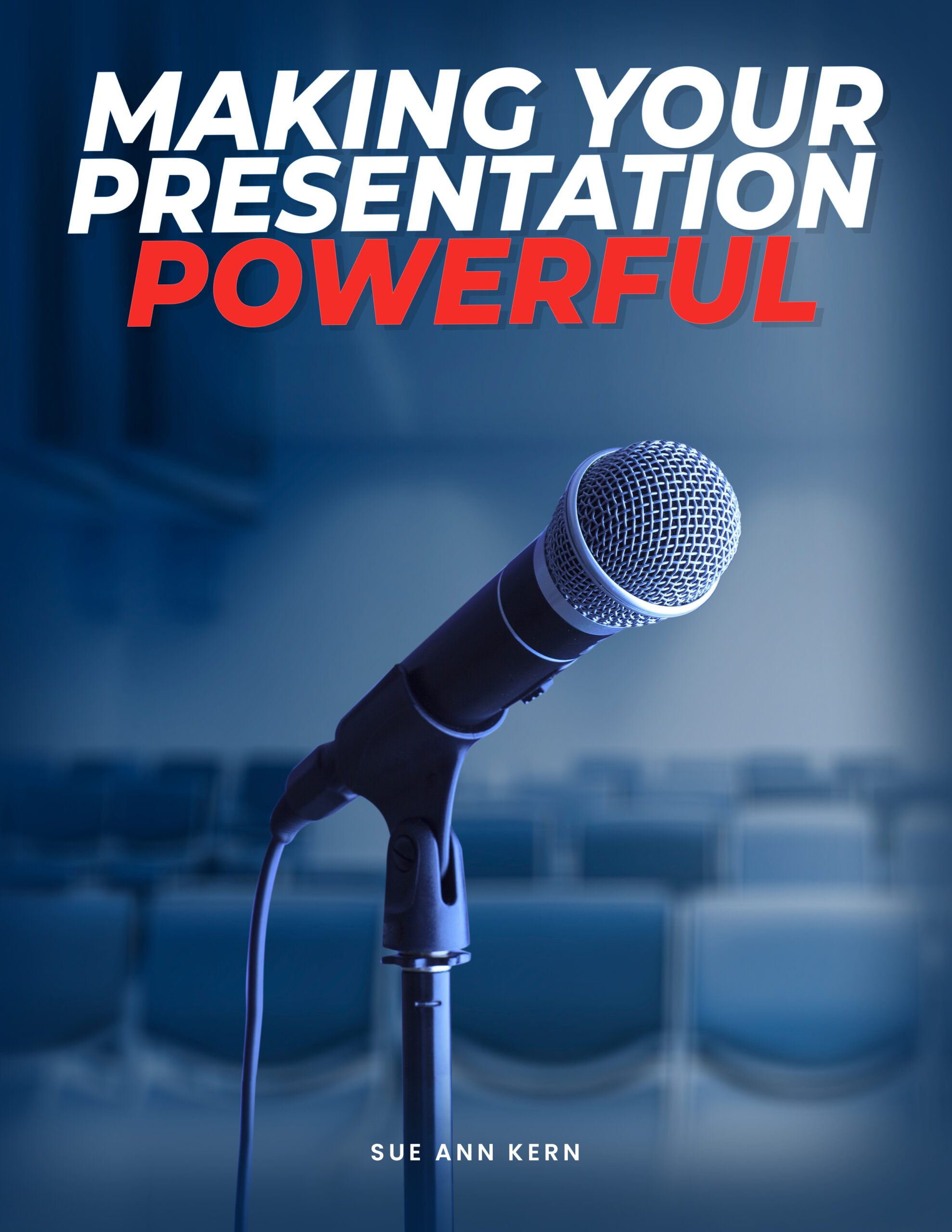When you speak in public, as a keynote speaker, during an executive presentation, or even giving a wedding toast, you must look like you are in control at all times – In control of the words you are using, in control of the clock (don’t go too long or too short) in control of your emotions and reactions, and in control of your body language. A good public speaker knows that body language speaks more to the audience than words.
Way back in 1967, UCLA Professor Albert Mehrabian and Susan. R. Ferris published the result of their study on communication in the Journal of Consulting Psychology. Their study concluded that communication is 7% verbal, 38% vocal, and 55% visual.
 Body language is a very effective tools used by all good communicators, but it can also convey much more than you really want to share. A simple hand gesture or change in your posture can change the message you are giving.
Body language is a very effective tools used by all good communicators, but it can also convey much more than you really want to share. A simple hand gesture or change in your posture can change the message you are giving.
Think about a written message and how often we misinterpret the meaning because all we have to work with are words. There is no voice inflection, and no body language to help those words convey the message completely. Think about how many texts you’ve received (or sent) that you misinterpreted because all you had to work with was words on a screen. Thank goodness for emojis!
Think about these gestures that you may or may not realize you use:
Slouching: You may not even realize that you aren’t holding your shoulders back, hanging your head, or standing with your hip thrust forward. Poor posture makes you appear disinterested, unprepared, and unprofessional.
The Head Tilt: When you tilt your head, you expose your neck, showing your ear, listening. When you showing neck you are displaying trust. Surely you won’t slice my jugular. This can also be a sign of submissiveness or even sympathy. It signals that you are actively listening, but if done too often, you can come off as being insincere. “Yes, I read your report…”
The Head Bob: A simple nod is a sign of agreement. “Oh, I understand.” Head bobbing is more of a concession or even resignation. “Oh, I understand.”
Use the head tilt and head bob to show that you are paying attention, but when you need to command authority or make a statement, keep your head straight.
There is an entire body of work that discusses the conscious and subconscious meanings behind various gestures and postures. An interesting read is this article on body language from Business Insider. Another good read is my blog post, “12 Body Language Rules.”
Here are some things to keep in mind:
Make eye contact with your audience. Lack of eye contact can indicate that you are not interested, not confident in your topic, bored, or forgot what you’re going to say. Most importantly, it can indicate that you are not trustworthy. Connect with your audience confidently through eye contact…and smile! Make sure your eyes are smiling too, so as not to look fake.
Be careful not to rock, sway, or pace. You may not even know you are doing that! Move with purpose. It’s OK to stand still, as long as you are using a strong stance, a power stance: People of power don’t worry about taking up too much space. Picture someone cowering in fear and shame – they tighten up and contract, holding their elbows to their side, wringing their hands, shrugging their shoulders. Stand up tall, push your shoulders back, and don’t be afraid to own the space around you.
Widen your stance with your weight evenly distributed on both legs. This will also help with breathing. Keep your arms neutral, not in pockets, not crossed in front of you, but purposefully use your arms to gesture. Keep your head facing the audience when you speak, even if you move your body to one side or the other. When you ask a question, move towards the audience or person.
Use gestures sparingly but cleanly. Your movements must be well defined, crisp, and help you emphasize your point. Every gesture must have a purpose, but you don’t need to be moving all the time: you are not a mime or a hula dancer. Use open palms to show trustworthiness.
Don’t use the lectern as a crutch. (FYI: the Lectern is the piece of furniture that would hold notes, a lamp, or a microphone. The podium is the stage or dais that you stand on when you speak.) You can keep your notes on the lectern if you need to refer to them from time to time. Don’t grab the sides to hang on! Leave your hands away so that you can gesture. As your confidence grows and you feel more comfortable, you will naturally move away from the lectern. Ideally, when you begin your speech, go to the lectern and move it out of the way with an attitude of “I don’t need that!!!” Then wow your audience with your amazing speech!
If you are using notes, do not flap them around in the wind. Do not hold your notes unless it is absolutely necessary. Put them on the lectern and then your hands are free to gesture and you can move around the podium with ease. I will give you some tips on creating and using notes in a later blog post.
Body language is extremely important to help you engage your audience and to be a good communicator. It should be developed within your speech as meticulously as you develop your organization and words. With these tips, you are well on your way to winning your audience over with your powerful and poignant body language.
Next up: Eye contact!
